|
In the film I Heart Huckabees, environmentalist/activist Jason Schwartzman try's to save a rock and it's natural habitat by reading a poem "you rock, rock." The movie is poignant post-modern tale exploring existentialism and nihilism, and although slightly high-brow it finds humor in making fun of the worlds greatest philosophers. Humans continually seek a deeper understanding of the world and the unknown, which is why the ancient practice of crystal healing and crystal gazing still flourish.
Throughout history, indigenous populations used stones and shells as a form of currency, where today we still recognizes precious metals and stones as a form of capital. The early Egyptians thought Lapis Lazuli symbolized royalty, honor, god, power, spirit, and vision. Six-thousand years later the stone still retains it's spiritual poise by enhancing memory and intelligence, activating a state of higher being, along with stimulating knowledge, truth, and understanding. The physical healing properties of Lapis Lazuli are endless from treating ear, nose, and, throat, to thyroid glands, vertigo, oozing eyes, and lumbago. The stone cures brain disorders, ADHD, autism, and Asperger's syndrome. So put down the blue pill (Adderall) and pick up the blue rock. If only it was that easy, we would've saved billions in medical research. Instead you have Dr. John of God profiting the cure-all Crystal Therapy Bed which conducts physical spiritual surgery. The bed, composed of a massage table, has suspended quartz crystals illuminated with specific frequencies to perfectly align and radiate upon the seven human energy centers known as chakras. You'll never feel better midst the Himalayan rose salt mood lamps emitting negative ions otherwise seen as positive energy waves. Now if this isn't you idea of a spiritual cleanse, you can purchase your very own crystals amid the aroma of marijuana and grill cheese on any Shakedown Street from Haight Ashbury to a simple Phish concert. Sure they might be wrapped in wire or hemp, but you'll save a boatload compared to Dr. Wackadoodles spiritual surgery. Plus you can clamp the rocks to dreadlocks to perpetuate the healing process. Sure they might get a little heavy and there's the added risk of knocking your teeth out, since you literally have rocks in your head, but think of the positive aura you're creating everywhere you go. In the shower, in bed, in the office, etc. Aside from their medicinal therapeutic purposes, crystals balls and seeing stones have been used to predict the future and interpret the past. As early as 1900 it was published that crystal visions revive memories, tap into the subconscious, create telepathic messages, clairvoyant prophesies, and are known to communicate with the supernatural. With special stones Joseph Smith was able to interpret the reformed Egyptian used to compile the golden plates or Book of Mormon found under a rock. Although no one ever saw the gold plates or stones they instilled such a profound faith still practiced by 15 million Mormons worldwide, close to 6.5 million in the US alone. And although Smith's seeing stones didn't cure any physical ailments, they did save countless lost souls. I wonder if any psychic saw that coming? So whether it is your body or soul that needs saving, get yourself some rocks, even a pet rock counts.
0 Comments
Leave a Reply. |
LAJ
100 Objects of Popular and Material Culture is an blog exploring the manifestations of human consumption and commodity-ization. The purpose of this experiment is to explore material and popular culture in contemporary society by using objects and concepts to prompt wider questions and reflections. So by emulating The British Museum's and Neil MacGregor's format of A History of the World in 100 Objects I plan to satirically analyze and reinterpreted 100 material culture objects over the course of 2014. Material Culture is the study of our culture's consumption of stuff; namely the manifestation of culture through material productions where people's perceptions of objects is socially and culturally dependent. With this, objects reflect conscious and unconscious beliefs on the the individuals who fabricated, purchased, or used them, and by extension the society where they live. So examining materiality, cultural truths and societal assumptions may be discovered. As anthropologist Arjun Appaduai states "in any society the individual is often caught between the cultural structure of commodity-ization and his own personal attempts to bring a value and order to the universe of things." Objects and commodities make up a much larger symbolic system consisting of want and need, socio-economic status, fashion, etc. Often times form follows function whether the commodity, market, and or consumer forever evolve around one-another. Philosopher Pierre Bourdieu's theories of capital flow full circle; where regardless if you are a minimalist or a hoarder the world is made up of things and everyone will leave their footprint on the earth. So by humorously analyzing marketed objects and concepts, hopefully this blog will provide further incite into ideas of over-consumption, a disposable society, consumerism vs. anti-consumers, planned obsolescence vs. sustainability, as well as the greater good of mankind and future generations. Archives
March 2015
Categories |
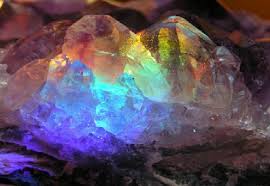

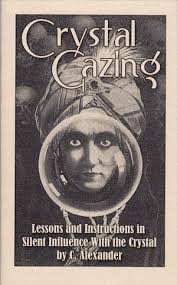
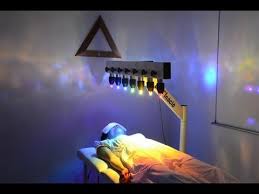
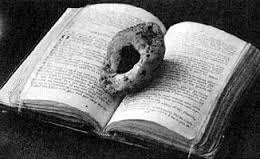
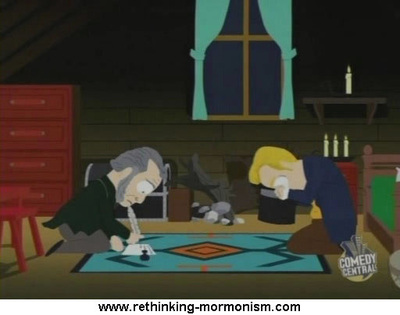
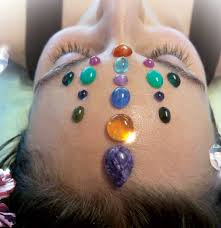
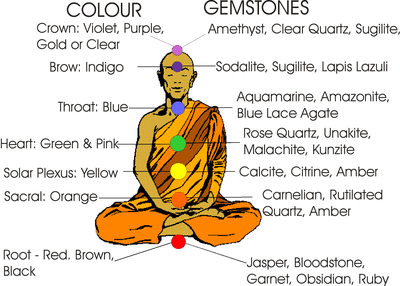
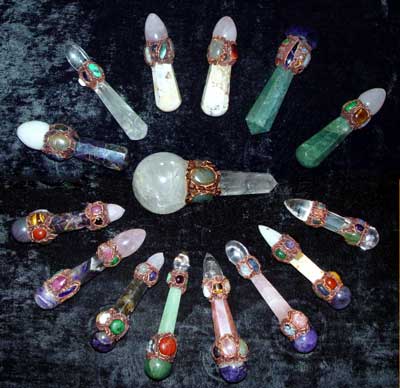
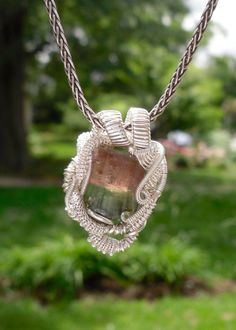
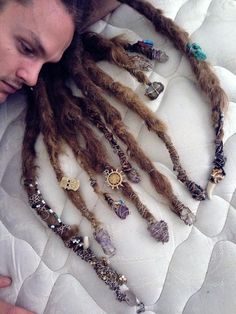
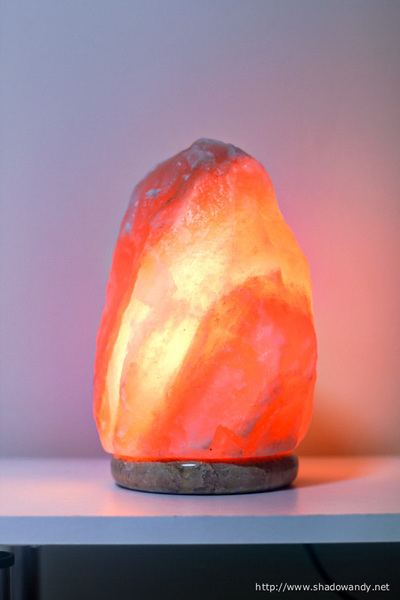
 RSS Feed
RSS Feed